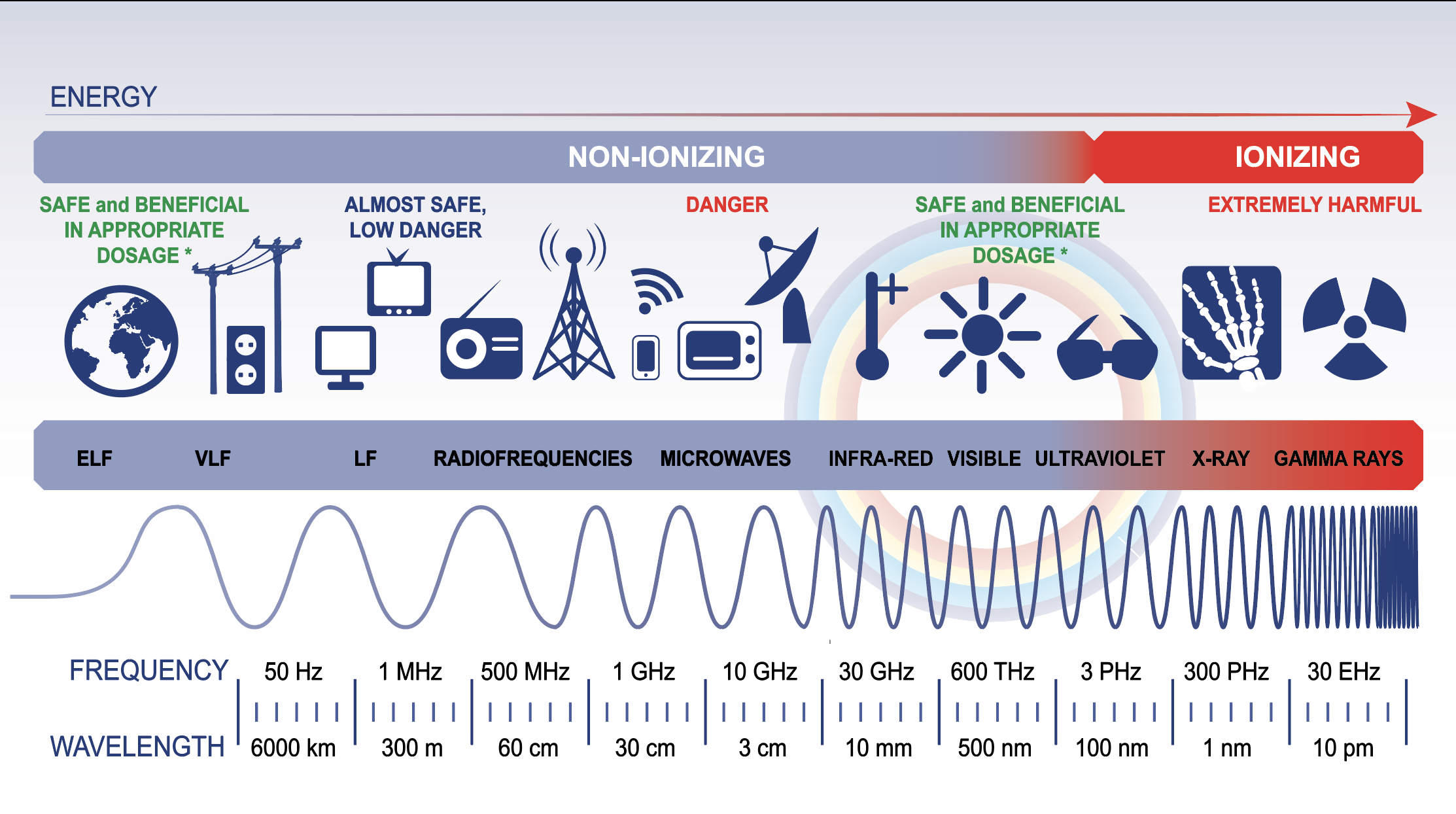RF-EMF radiation can cause DNA damage, tissue heating, and disrupt the blood-brain barrier. These effects are real and ARPANSA is active in collaborating with the EHS community, medical experts as well as researchers. The agency will continue to review research on the health effects caused by EMF radiation.
RF-EMF causes DNA damage
exposed to electromagnetic fields that are created by man (EMFs) is associated with DNA damage and other health adverse effects. EMFs can affect the intracellular ionic concentrations that are crucial to maintain a cell's electrochemical balance. In turn, this can disrupt cell homeostasis, resulting in DNA damage. Furthermore exposure to EMFs can also trigger an increase in the production of free radicals and reactive oxygen species (ROS).
Exposure to RF-EMF radiation has been linked to changes in male germ cells' development. This results in the differentiation of the germ cell into spermatozoa, aswell as functional maturation as the spermatozoa move throughout the epididymis. To determine the sensitivity of RF-EMF exposure to the development of male germ cells A specially designed waveguide machine was constructed for the exposure of unrestrained mice to RF-EME at 2.2 W/kg.
In a study that was conducted recently, researchers discovered that exposure to RF-EME triggered an oxidative DNA damage to the spermatozoa. Sperm DNA fragmentation increased by 18% after a week of treatment, and by 23% after five weeks. Furthermore, DNA damage in mitochondria was observed by measuring the level of a biomarker, 8-hydroxy-2-deoxyguanosine (8-OH-dG).
However it isn't yet recognized as a true carcinogen. However, several studies have shown that RF-EMF exposure can impair DNA integrity in a range of cell types. In one study, scientists exposed Vero cell lines to EMF at 100 Hz over about 45 minutes. They assessed DNA damage for at 48 hours following exposure to determine if the exposure affected the integrity of DNA.
RF-EMF causes tissue heating
While the effects of RF-EMF are usually thought as thermal in nature, some studies have demonstrated that non-thermal effects may also be evident. These factors could be responsible for some of the unsolved issues in the epidemiological study of EMF hypersensitivity. Therefore, it is important to consider the non-thermal effects when conducting a systematic review.

The non-thermal effects of RF-EMF could occur at the cell membrane. This is an area which has already been extensively investigated. In particular the electrochemical properties of cell membranes has been studied. Current understanding suggests that energy from RF-EMF higher than 1 MHz is transmitted into the tissues through dielectric dissipation and ionic discharge. Studies of the theory have suggested that the energy transfer to tissues could be up to 200 kV/m.
The electric properties of tissue are controlled through the distribution and composition of water molecules, and other molecules inside the body. This determines how absorbed RF EMR is by different tissues. Organs with greater conductivity are likely to absorb more field and cause more of an effect. This is why the level of heat generated by tissue doesn't increase continuously from outside to inside the body however, it is more prevalent in hot areas. Bone and fatty tissue is less susceptible to RF heating as compared to other tissues, since they are low in water content.
is emf radiation harmful of the field's penetration is determined by the strength and frequency of field. Muscle tissue absorbs more energies than the other tissue and converts it into heat more efficiently. Typically the penetration depth of RF-EMF is measured in millimeters (mm). However, the greater the frequency, the shallower the penetration.
RF-EMF causes blood-brain barrier disruption
Researchers have found that RF EMF can alter the blood-brain-barrier changing sleep patterns as well as neurotransmitter levels. Furthermore the impacts of EMF in brain activities are associated with neurodegenerative diseases. For instance, EMF from mobile phones can alter electroencephalogram activity as well as sleep patterns, as well as the actions of nitric Oxide and xanthin oxidase.
Researchers from the Vienna University have studied the effects of RF-EMF exposure to brain cells. They also looked at what effects ELF EMFs on the nervous system. Though the cellular mechanisms that are involved aren't fully comprehended but there is a clear association between ELF-EMF exposure and depletion of myelin. This relationship might account for the electro-hypersensitivity symptoms of electro-hypersensitivity. However, there are known methods to regenerate myelin in the brain.
Researchers have found that exposure to frequencies of 900 MHz EMF enhanced the permeability of the BBB and raised symptoms of neuronal damage in rodents. is emf radiation harmful observed an increase in the release of albumin to neurons. Furthermore, they discovered that after 30 minutes of exposure to 900 MHz, 99mTc-MIBI increased its penetration in the cortex. But this effect didn't happen with Evans blue-based injections.
However, RF-EMF is not able to provide a definitive mechanism to disrupt the BBB. Evidence suggests that non-thermal EMF exposure may increase erythrocyte cell membrane permeability. This could affect the BBB and increase the efflux of calcium ions. Additionally, the presence of a 99mTc-MIBI radiotracer in the brain has also been linked to increasing the permeability of BBB.
